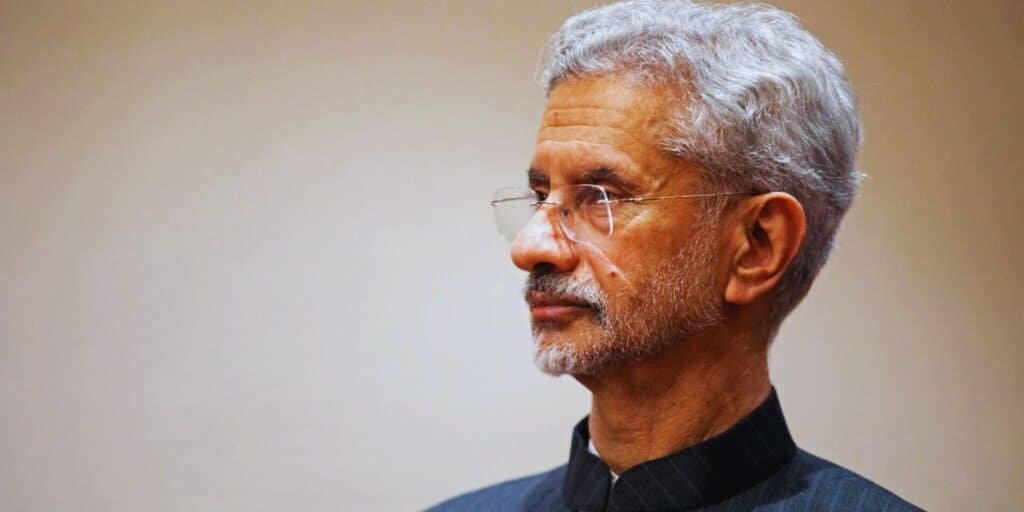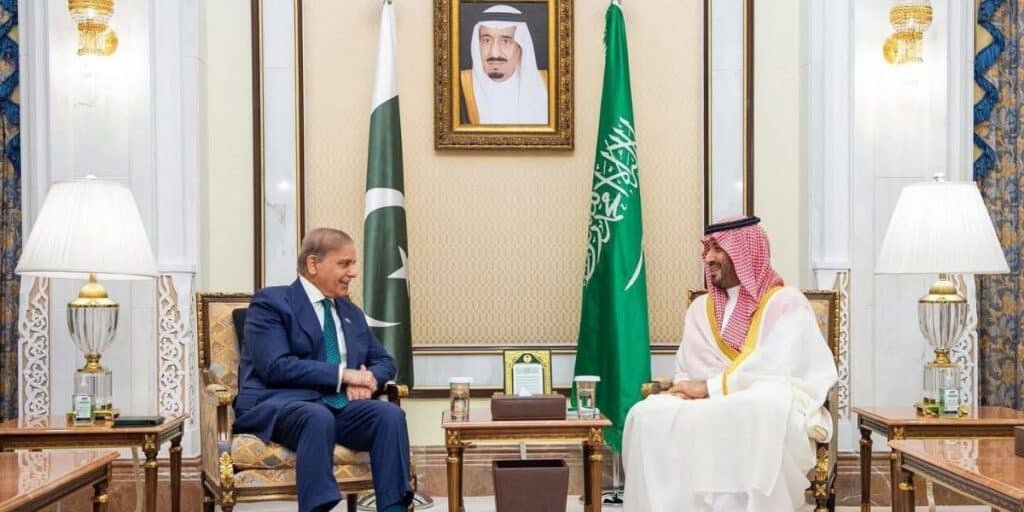By Ali Furqan
In a development that has gone largely unreported by mainstream media, the United States has quietly replaced the term ‘Indo-Pacific’ with ‘Asia-Pacific’ in its official communications; a move that holds significant implications for India’s regional aspirations and broader South Asian geopolitics.
The shift occurred during Indian External Affairs Minister S. Jaishankar’s recent visit to Washington, where he met key US officials, including Deputy Secretary of State Kurt Campbell and Defense Secretary Lloyd Austin, during engagements related to the Quad grouping.
Notably, the State Department’s official readouts and statements from US defense officials avoided using the term Indo-Pacific, referring instead to regional matters under the traditional Asia-Pacific nomenclature.
Though subtle, this linguistic shift marks a potential recalibration of Washington’s regional framing and signals a cooling of the once-hyped strategic embrace between the United States and India.
A blow to India’s strategic projection
For India, the Indo-Pacific terminology was never just about geography. It served as diplomatic recognition that New Delhi was central to Washington’s plans to counterbalance China’s growing influence in the region.
The removal of ‘Indo’ from the strategic lexicon, therefore, is widely seen as a symbolic downgrading of India’s role.
Washington’s growing frustration with India’s strategic ambiguity may be a key factor behind this change.
Despite joining the Quad and engaging in high-level talks with Western allies, India has refused to condemn Russia over its invasion of Ukraine, continues large-scale oil imports from Moscow, and has maintained a non-confrontational stance on China, both diplomatically and militarily.
Even more recently, US Commerce Secretary Gina Raimondo expressed concerns about India’s increasing alignment with de-dollarisation efforts, a policy shift led by nations like China, Russia, and Iran.
Quad undermined?
The Quadrilateral Security Dialogue (Quad), comprising the US, India, Japan, and Australia, was designed as a strategic counter to China’s Indo-Pacific ambitions. However, with India’s non-committal posture on several fronts, analysts say Washington’s enthusiasm for elevating India as a frontline partner is waning.
The quiet return to the term Asia-Pacific may suggest that the US is now looking to diversify its regional strategies, without placing all bets on New Delhi.
A window opens for Pakistan
From Pakistan’s vantage point, this shift is more than semantics, it presents an opening.
For years, Pakistan was excluded from the Indo-Pacific narrative, viewed largely through the lens of its alliance with China and concerns raised by Indian lobbyists. The abandonment of the term Indo-Pacific, however, softens that exclusionary framing.
As this shift unfolded in Washington, Beijing hosted a trilateral meeting with Pakistan and Bangladesh, a regional engagement that pointedly left India out. The timing has raised questions about a broader regional realignment, with Pakistan and other South Asian states reassessing their strategic positioning.
Regional implications
While the US has not formally downgraded its relations with India, the linguistic and diplomatic signals emerging from Washington reflect a reassessment. New Delhi’s aspirations to be the central pillar of the U.S. Indo-Pacific strategy now appear under strain.
Analysts say India’s strategy of balancing relations with Russia, avoiding military confrontation with China, and pursuing regional hegemony may no longer be as tenable in a shifting geopolitical climate.
Meanwhile, Pakistan, long sidelined in Indo-Pacific dialogues, may find an opportunity to reposition itself, not merely as China’s partner, but as a constructive regional stakeholder in the evolving Asia-Pacific framework.
Read more: IAF’s single-seat Jaguar crashes, two deaths reported: Observers flag discrepancy






